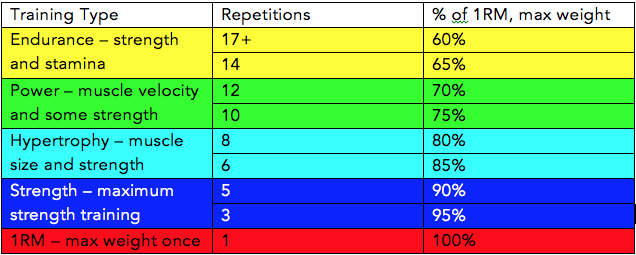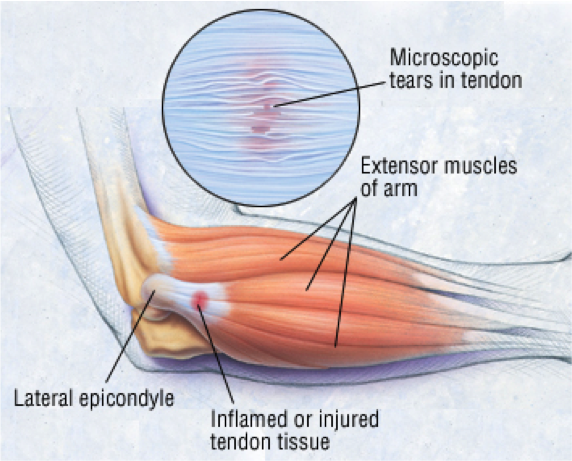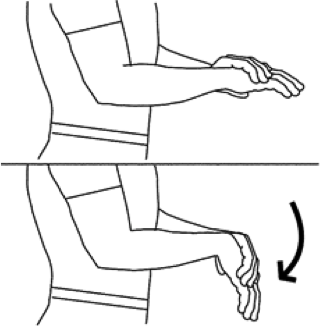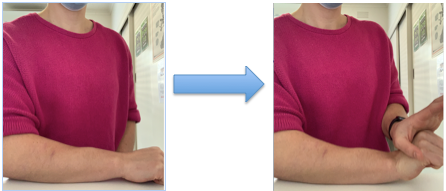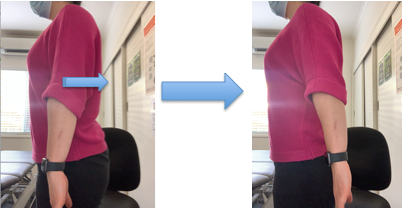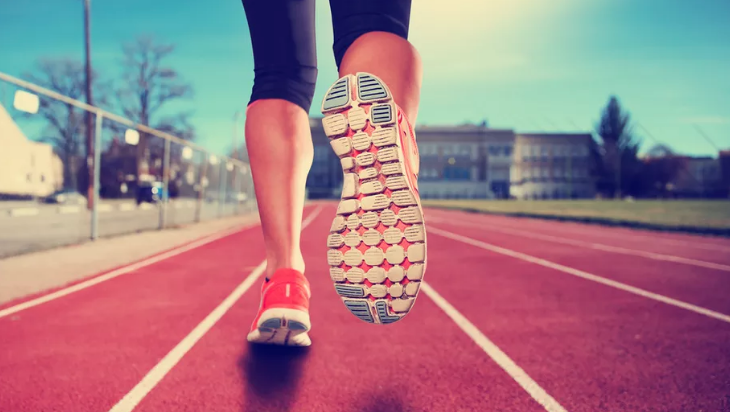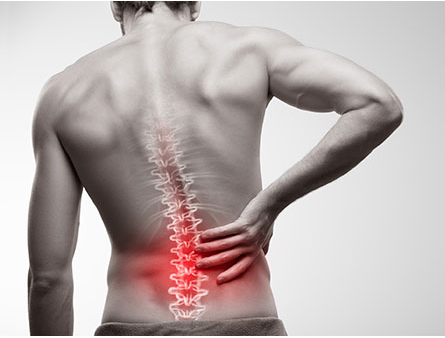PROMOTING LONGEVITY IN SPORTS!
YOUTH INJURY PREVENTION

Fun facts:
• 81% of girls and 78% of boys aged 15 years or over complete sport or physical activity at least once a week.
• 65% and 59% of girls and boys participate 3 times a week.
• 42% of children under the age 15 are involved in some form of organised sport at least once a week outside of school hours.
• The most common demographic for ACL rupture is 15 year old girls.
With rising participation of kids and adolescents in organised sports it is no surprise that the number of injuries we are seeing in this population is also on the rise. If you’ve ever been involved with children you would know that most kids are far more bendy and flexible than the average adult – This is largely to allow us to grow and develop. Through our youth years we have growth plates all over our body that on average aren’t fully fused until we are about 15 years of age – once these growth plates have fused we are considered skeletally mature and growing ceases.
As little ones grow and develop interests in organised sports they are predisposed to a few common injuries – some of these are related to growth spurts and the non-fusing of growth plates at this age however a large number of injuries can be contributed to factors such as:
• Reduced muscle strength
• Lack of/ poor coordination
• Posture/Reduced trunk control
• Poor balance
Injuries can have long term effects, physically and psychologically, and often lead to drop out of sports – however a well planned and executed prevention program may reduce the chance of injuries such as ACL tears, ankle sprain and lower leg tendinopathies by up to 50% in youth!
Neuromuscular training, which can be defined as general and sport-specific strength and conditioning activities and exercises that aim to enhance health and skill related physical fitness components, has been shown to assist in reducing lower limb injuries – particularly in court based sports such as football, basketball, soccer and netball. Like our skeleton/bones our brains are developing and creating new pathways at a rapid rate when we are young, therefore repeated exposure to skill specific training at a young age can have long-standing and positive effects on prevention of injury.
Neuromuscular training provides best outcomes when completed both pre and during season 3 times weekly – Neuromuscular training can be incorporated into warm up for 15-20 minutes of a training session or pre game.
An example of this for ACL prevention may include:
• 2 x 10-12 each leg alternating lunges
• 2 x 6-8 sets of Nordic hamstring curls
• 2 x 10 – 12 reps of calf/heel raises
• 2 x 5 double leg broad base jumps
• 2 x 5 each leg single leg distance hops
• 2 x 5 each leg zig zag hops
It is important to note that for injury prevention to be effective proper biomechanics and optimal form should be taught and closely monitored during a session.
Start your kids with injury prevention habits today to help keep our young ones healthy and active into their adult lives.
Advice in this blog is general only and for more specific advice you should also consult your health professional and/or coach!

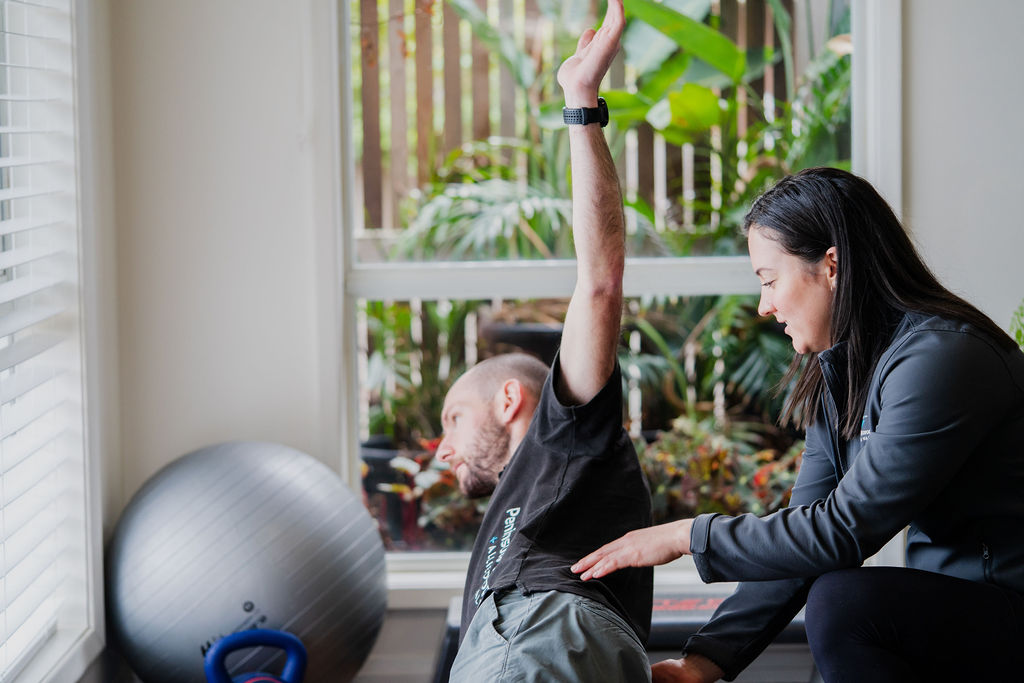
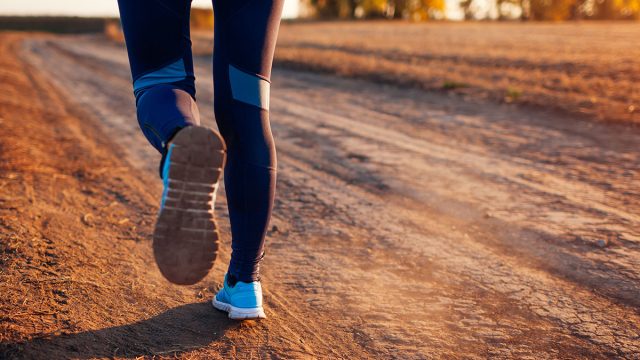

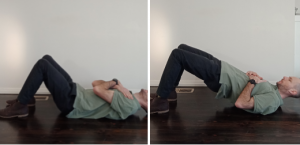
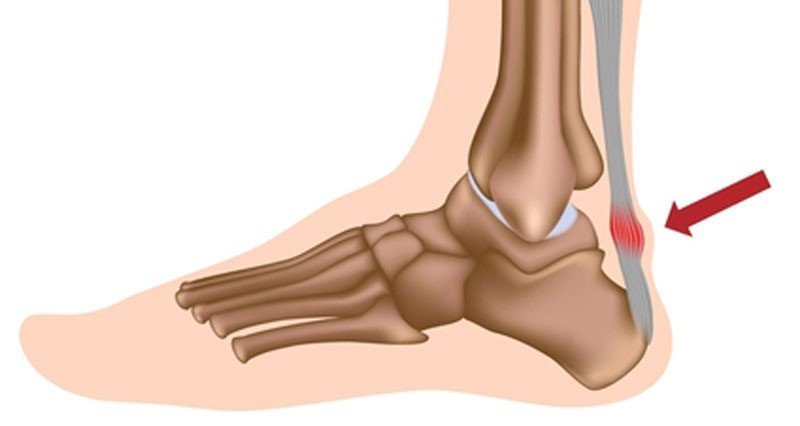
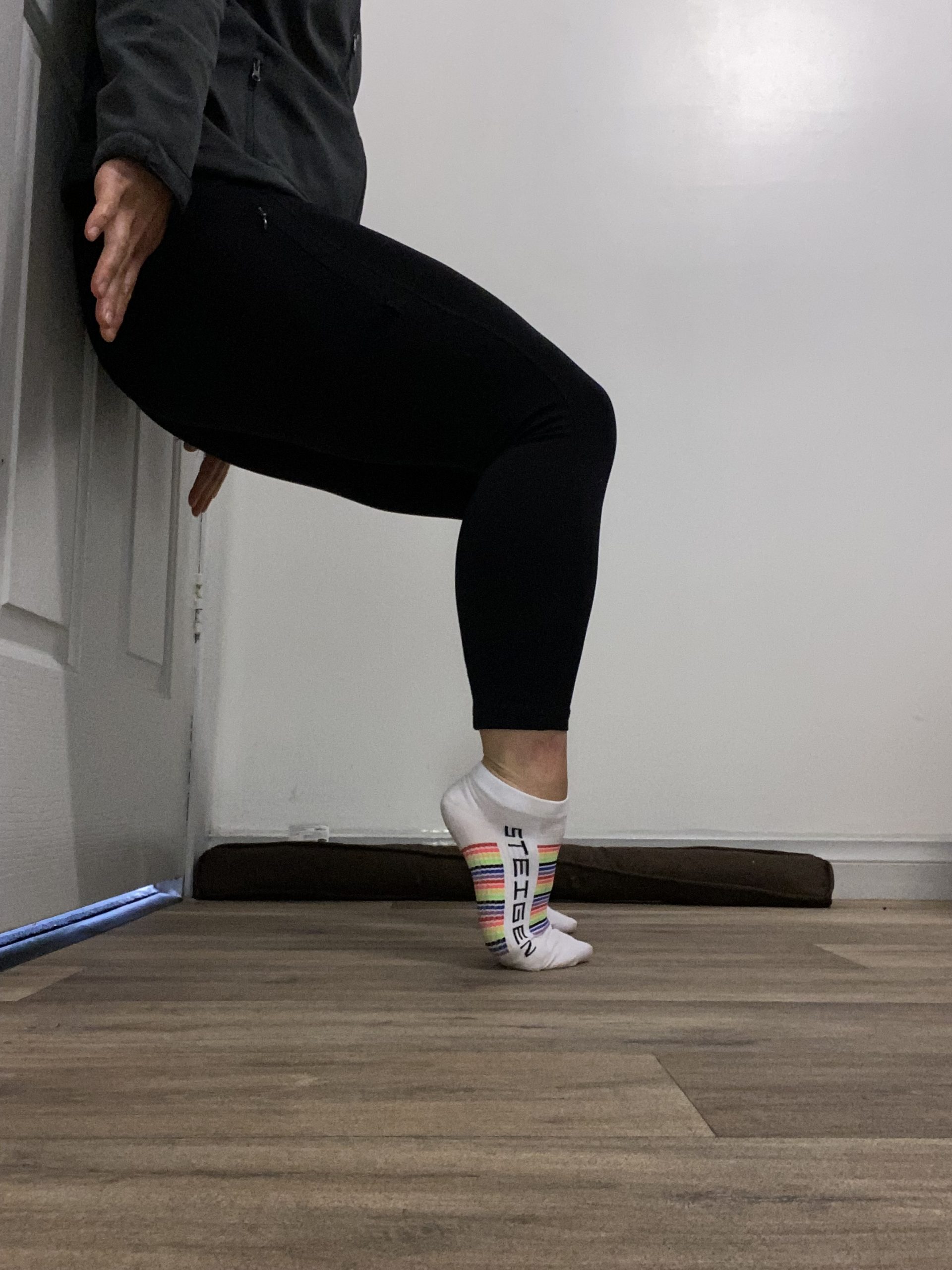
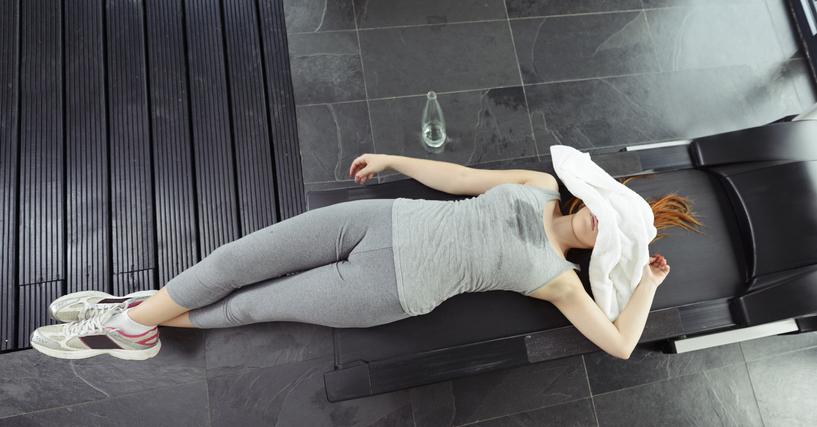
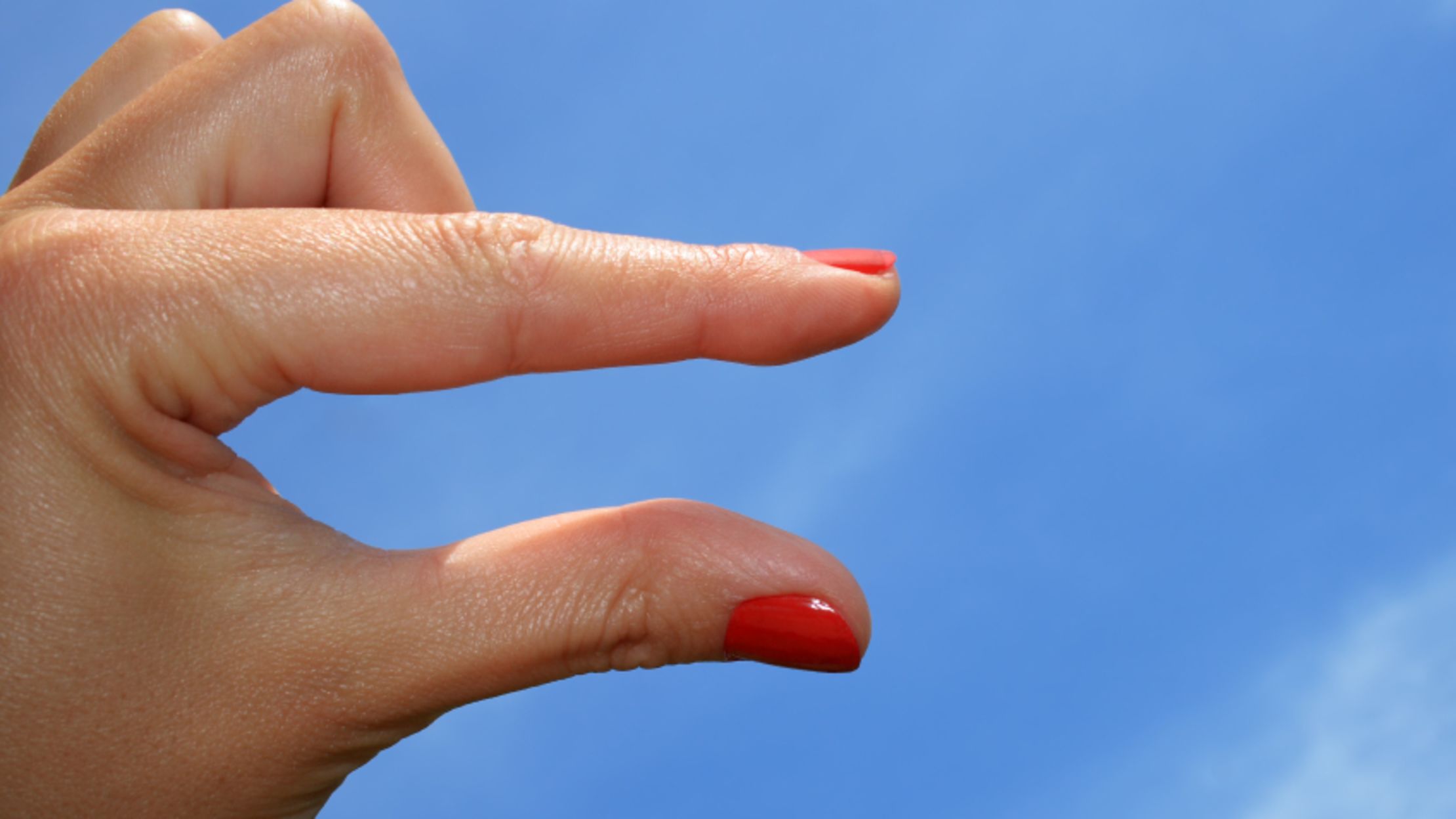

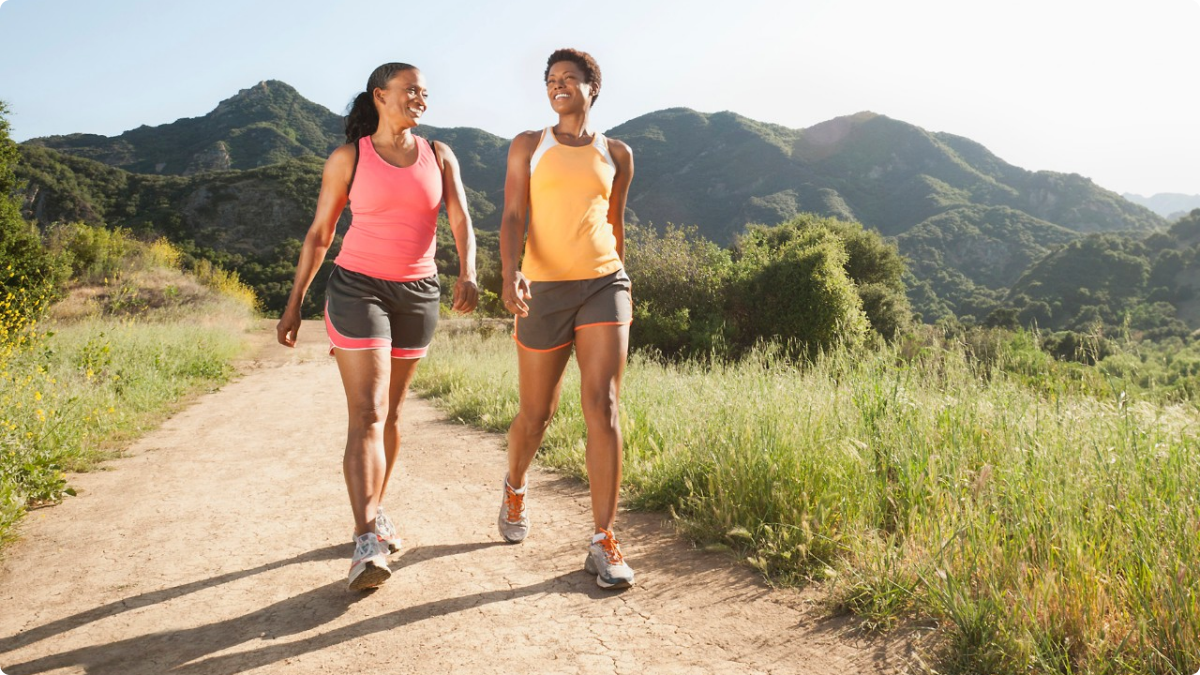 Image: https://www.austinfitmagazine.com/March-2015/stay-in-shape-by-walking-with-friends/
Image: https://www.austinfitmagazine.com/March-2015/stay-in-shape-by-walking-with-friends/ Image: https://centerforliving.org/blog/5-best-self-care-tips-this-fall/
Image: https://centerforliving.org/blog/5-best-self-care-tips-this-fall/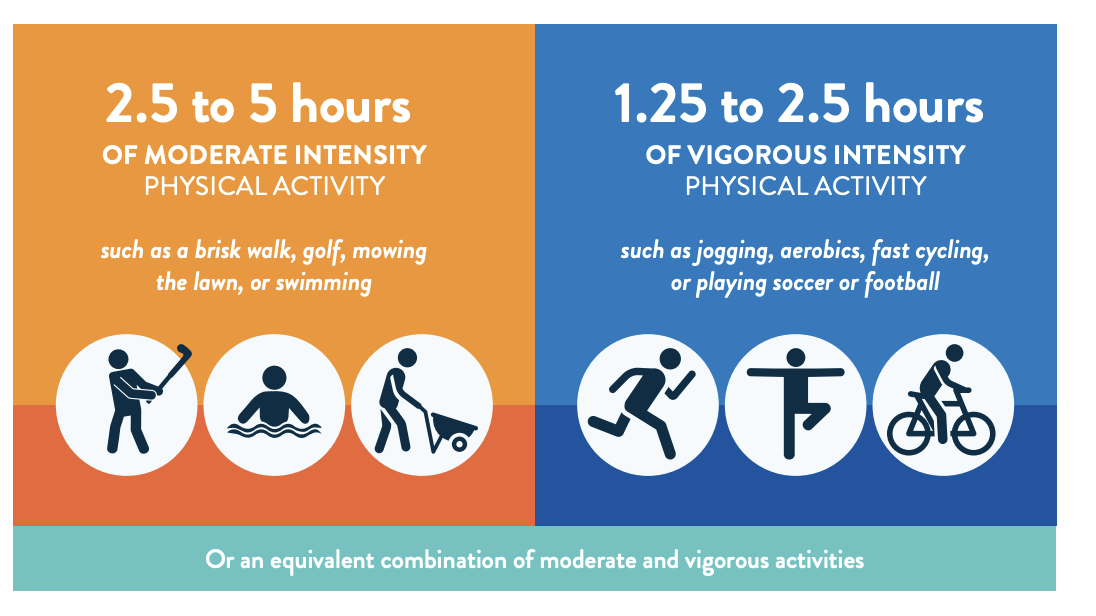 Image: https://www.amhf.org.au/essa_helps_men_move_with_new_male_specific_exercise_resource
Image: https://www.amhf.org.au/essa_helps_men_move_with_new_male_specific_exercise_resource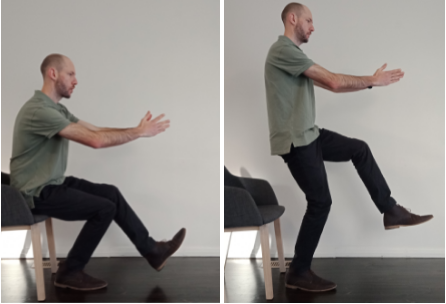
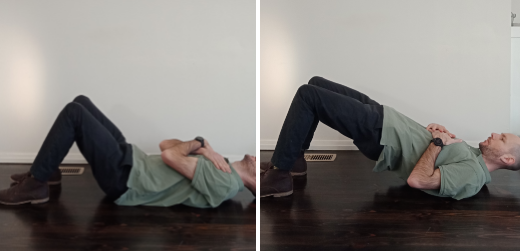
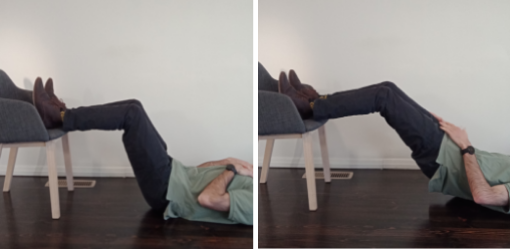
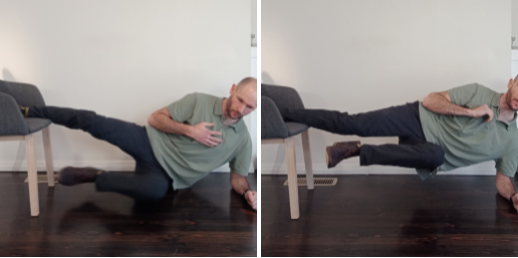
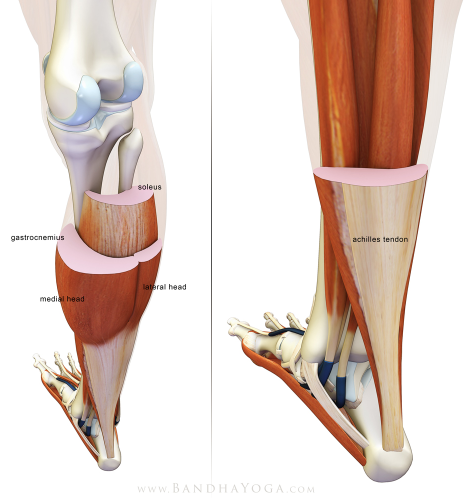
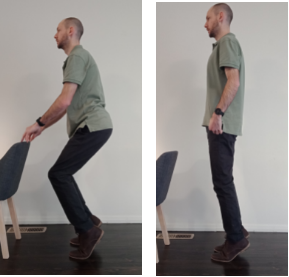 Bent Knee Variation | Straight Leg Variation
Bent Knee Variation | Straight Leg Variation